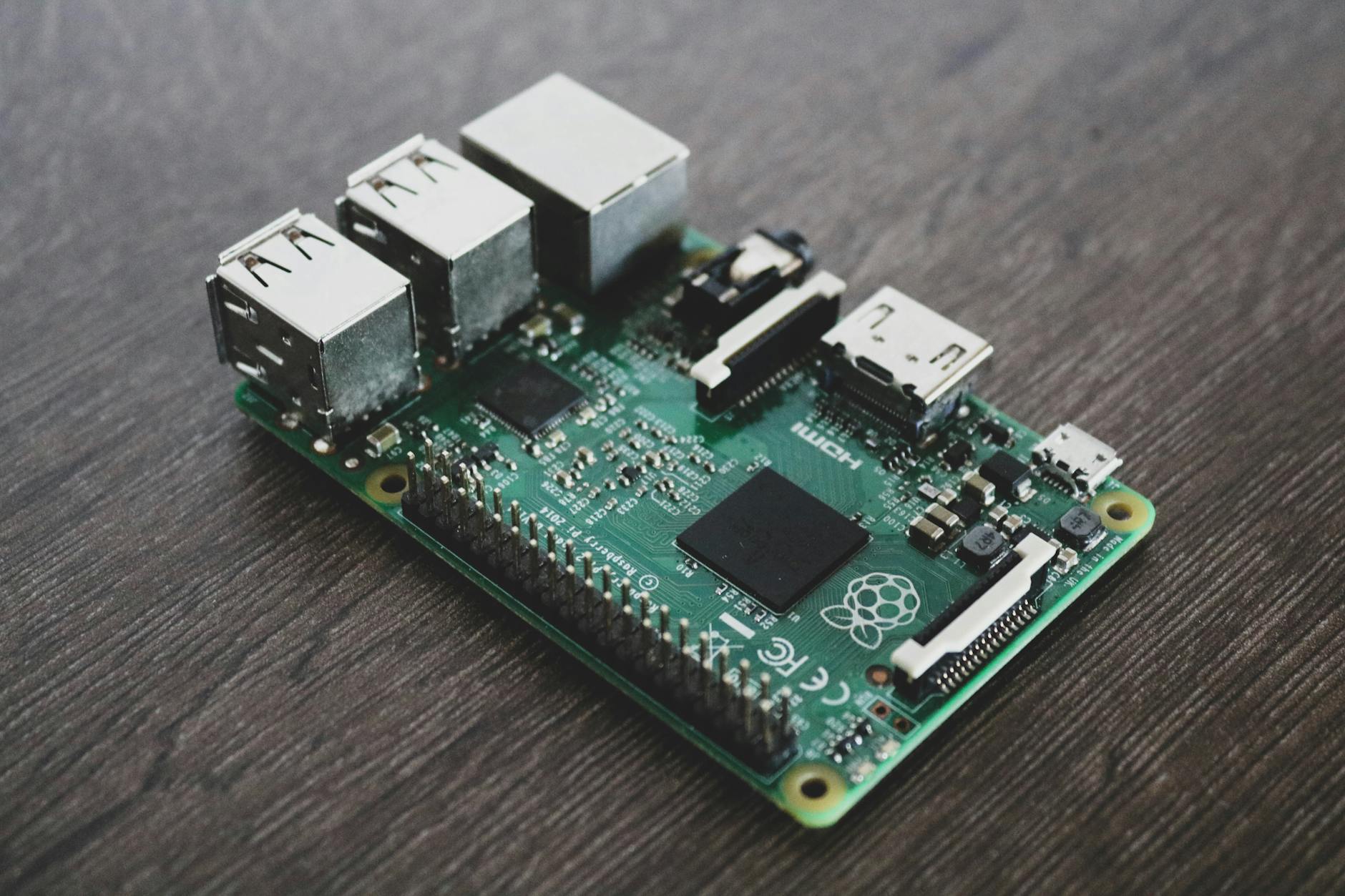Understanding your vaping device is crucial to getting the most out of your vaping experience. The vape anatomy can initially seem complex with all the varying vape parts, but don’t fret! This article will guide you through the basic vape device components, thus enabling you to make informed decisions when it comes to vape device customization.
Firstly, it is essential to understand the vape mod features since these constitute the heart of your vaping device. The mod, short for modular, is essentially the main body of your vape. It houses the battery and the microchip that regulates power and creates the heat necessary to vaporise the e-liquid. Mods come in different forms, including box mods, pen-style mods, and even mechanical mods which lack any digital components, offering a direct connection between the battery and the atomizer.
The battery is undoubtedly another crucial component in the vape anatomy. Vape battery types vary widely, but most commonly, you’ll find integrated (non-removable) or replaceable 18650’s, 20700’s, or 21700 batteries. Your battery’s capacity (mAh) and maximum discharge (A) are factors that determine your vaping device’s performance and safety.
Next, in understanding vape device components, is the tank – this is where your e-liquid gets stored. There are three main vape tank types: standard, sub-ohm and rebuildable tanks. Standard tanks are beginner-friendly and easy to use. Sub-ohm tanks are designed to support low resistance coils under 1 Ohm, providing higher vapour production and better flavour. Lastly, the rebuildable tanks offer advanced vapers the flexibility to build their own coils and wick.
The atomizer is a part of the tank, specifically known as a rebuildable atomizer. Its purpose is to store e-juice and feed it to the wick. The atomizer then heats the wick to turn the e-liquid into vapour. They may seem like small parts, but they’re crucial. They have different types, subcategories and designs, each offering unique benefits.
Coils, contained in the atomizer, are responsible for heating the e-liquid to turn it into vapour. They are made from different vape coil materials like Kanthal, Ni200 Nickel, Titanium, and Stainless Steel. Each has its distinct features – for example, Stainless Steel is known for its durability, while Kanthal is widely used due to its resistance to oxidation.
Next, we consider the airflow aspect of the vape device. The vape airflow is highly adjustable in most modern devices and contributes significantly to the flavour and vapour production. A more significant airflow allows more air and usually results in more vapour but can dilute flavour. Conversely, a smaller airflow can intensify the flavour but may produce less vapour.
Finally, the mouthpiece or drip tip plays an important role in shaping the vaping experience. They come in various styles, shapes, and sizes. Some are designed for a comfortable mouth-to-lung hit, imitating a cigarette, while others emphasise direct lung draw for large vapour production.
In conclusion, understanding the components of your vape device: the mod, battery, tank, rebuildable atomizer, coil, airflow, and mouthpiece, is central in enhancing your vape experience. Familiarise yourself with these elements, and your journey into the world of vaping will be simpler and way more enjoyable. Happy vaping!
Sources:
Vape Parts
Vape Tank Types
Vape Mod Features
Vape Battery Types
Vape Coil Materials
Vape Airflow
Vape Device Customization
